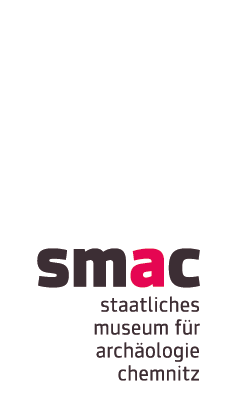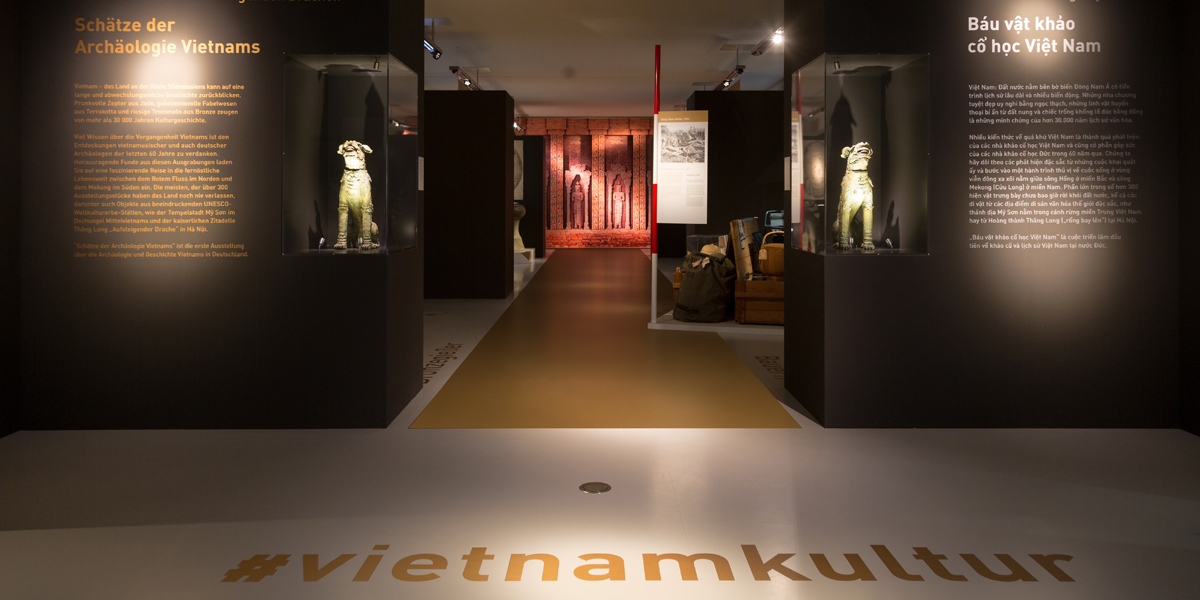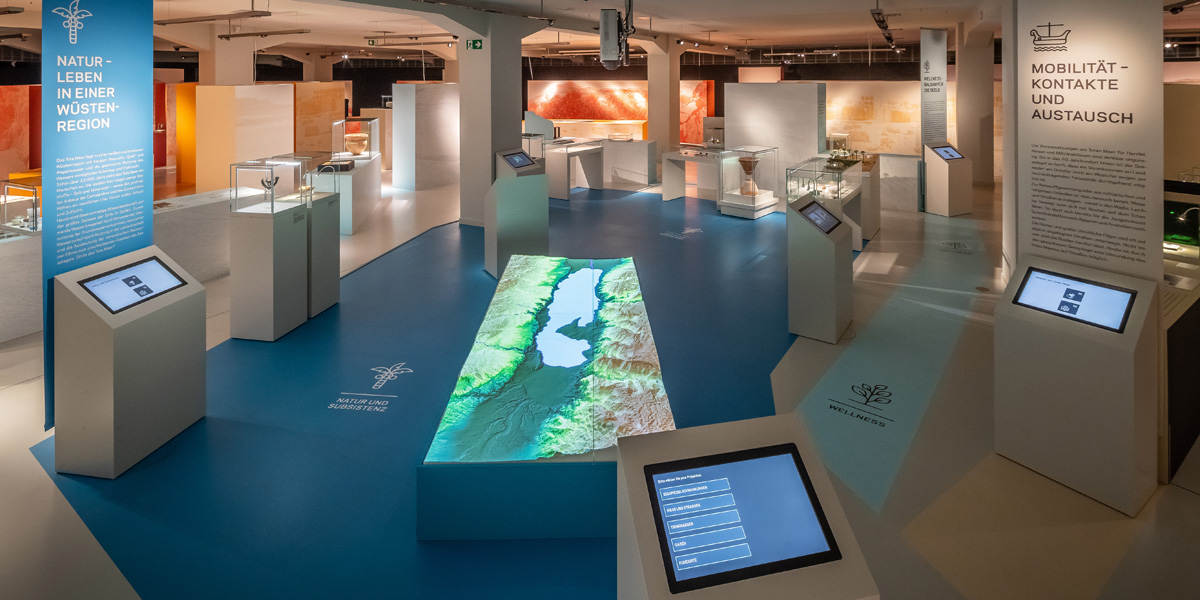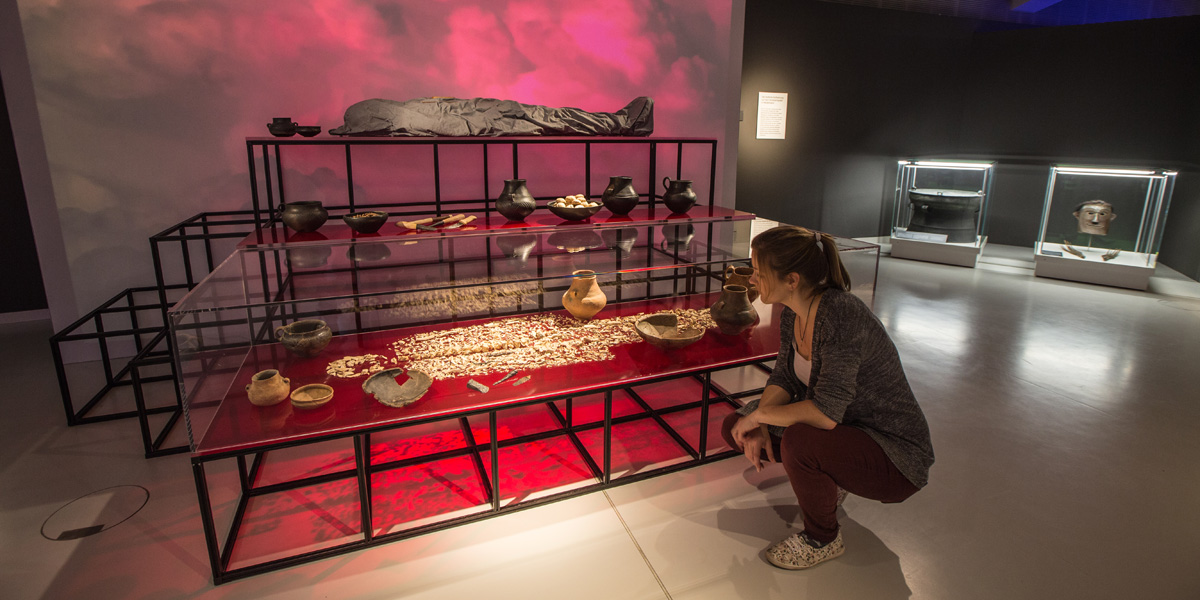Love, Loss and Dreams
When in 1459, the Wettins and Georg von Podiebrad defined the border between the Electorate of Saxony and the Kingdom of Bohemia in the Treaty of Eger, they established one of today’s oldest borders in Europe. Despite this, life in the border region remained characterised by cross-border relationships, similarities and overlaps.
SAXONY BOHEMIA 7000 takes a look at the multifaceted and dynamic history of the relationships of the two regions in a broad chronological setting, leading from the Stone Age through to current day. The exhibition tells of cross-border interdependencies, but also of conflicts and reconciliations, of love and quarrels, of embracing and rejection. It shows us why Saxony and Bohemia are so close yet still so far apart.
The exhibition presents highly prized archaeological objects of cultural history from both regions, and offers an exclusive view of important bohemian art treasures. And the people involved in this history are also not overlooked. After all, it is the men and women, as political decision-makers, church representatives, intellectuals, soldiers, tradesmen and artists, who forge, foster, seal, break or even neglect the relationships.
The exhibition patrons are the Minister-President of the Free State of Saxony Mr Michael Kretschmer and the Prime Minister of the Czech Republic Ing. Andrej Babiš.
It is presented in a comprehensive, beautifully illustrated catalogue.
The exhibition is realised in collaboration with the National Gallery in Prague. The exhibition is sponsored by the International Museum Fellowship of the Kulturstiftung des Bundes (Federal Cultural Foundation).
Additional partners:
National Museum Prague, Staatliche Kunstsammlungen Dresden (Dresden State Art Collections), Charles University Prague, ISGV – Institut für Sächsische Geschichte und Volkskunde (Institute of Saxon History and Cultural Anthropology), GWZO – Leibniz Institute for the History and Culture of Eastern Europe, Czech Academy of Sciences, Czech German Future Fund










